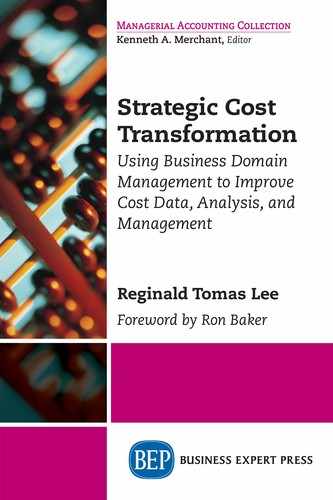For all the good things the OC Domain can do, there are still several things it cannot do. Recall, the OC Domain was designed to model operations and cash. It is incapable of calculating costs, assessing the value of assets such as inventory, or handling accruals and matching. Many of these may be required for reporting purposes, which suggests, the OC Domain and its raw data are not suitable for corporate reporting.
I believe the Accounting Domain exists for two reasons. First is reporting corporate performance. Governments have rules and regulations by which companies must abide. In the United States, companies file income statements, balance sheets, and statements of cash flow. There are certain rules related to how each is created and sometimes, these rules violate what happens in the OC Domain. For instance, the income statement may use calculated costs and matching to calculate gross margins. Both violate the cash dynamics from the OC Domain. Depreciation and amortization, too, are accounting concepts that do not exist, and have no meaning, in the OC Domain. When considering the balance sheet, inventory value, for instance, is not something that can be determined in the OC Domain. Inventory value uses concepts related to calculating costs; hence, it, too, does not reflect cash and is not a unique value. Finally, with the indirect method of creating cash flow statements, non-cash information may be taken from the income statement and balance sheet, both of which have accruals-based information, which compromises the cash integrity of the statements. This, of course, renders the OC Domain from even creating certain types of cash flow statements.
The second purpose of the Accounting Domain is to answer managerial questions that only accounting can answer, such as “What does this product (service, or activity) cost?” or “What is the gross margin of a particular product or service?” Answers to questions such as these require a transformation of OC Domain data into the Accounting Domain.
That the Accounting Domain can do the latter does not add validity to the practice of asking such questions. Drawing mythological figures does not bring them to life. As discussed last chapter, costs and, therefore margins, are not unique. They are subjected to the scope and assignment schema chosen. Therefore, if someone asks you what something costs, the answer is an opinion of the value of consumed capacity, not money. It should not be considered as costC, and decisions based on the assumption it is money should be avoided at all costs.
